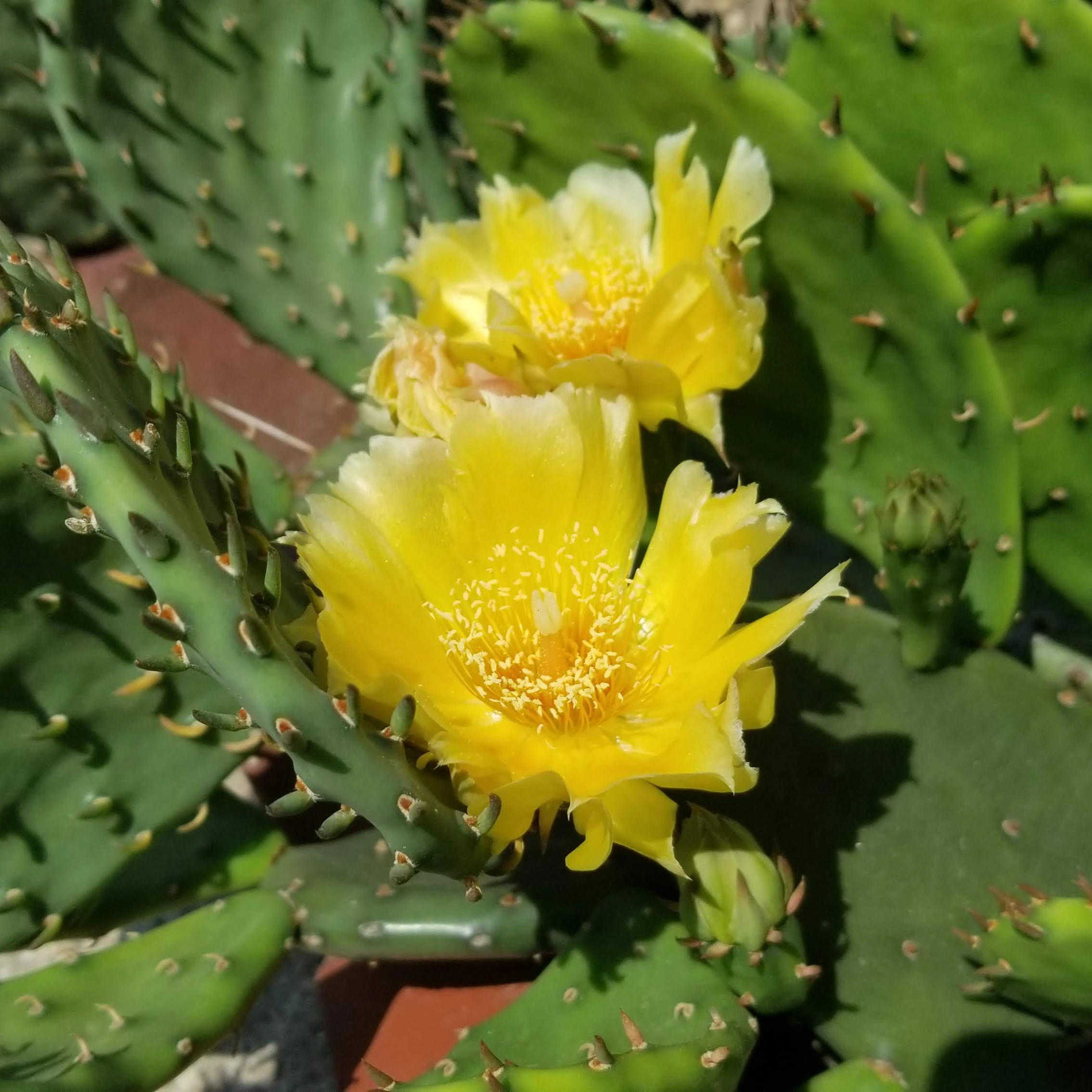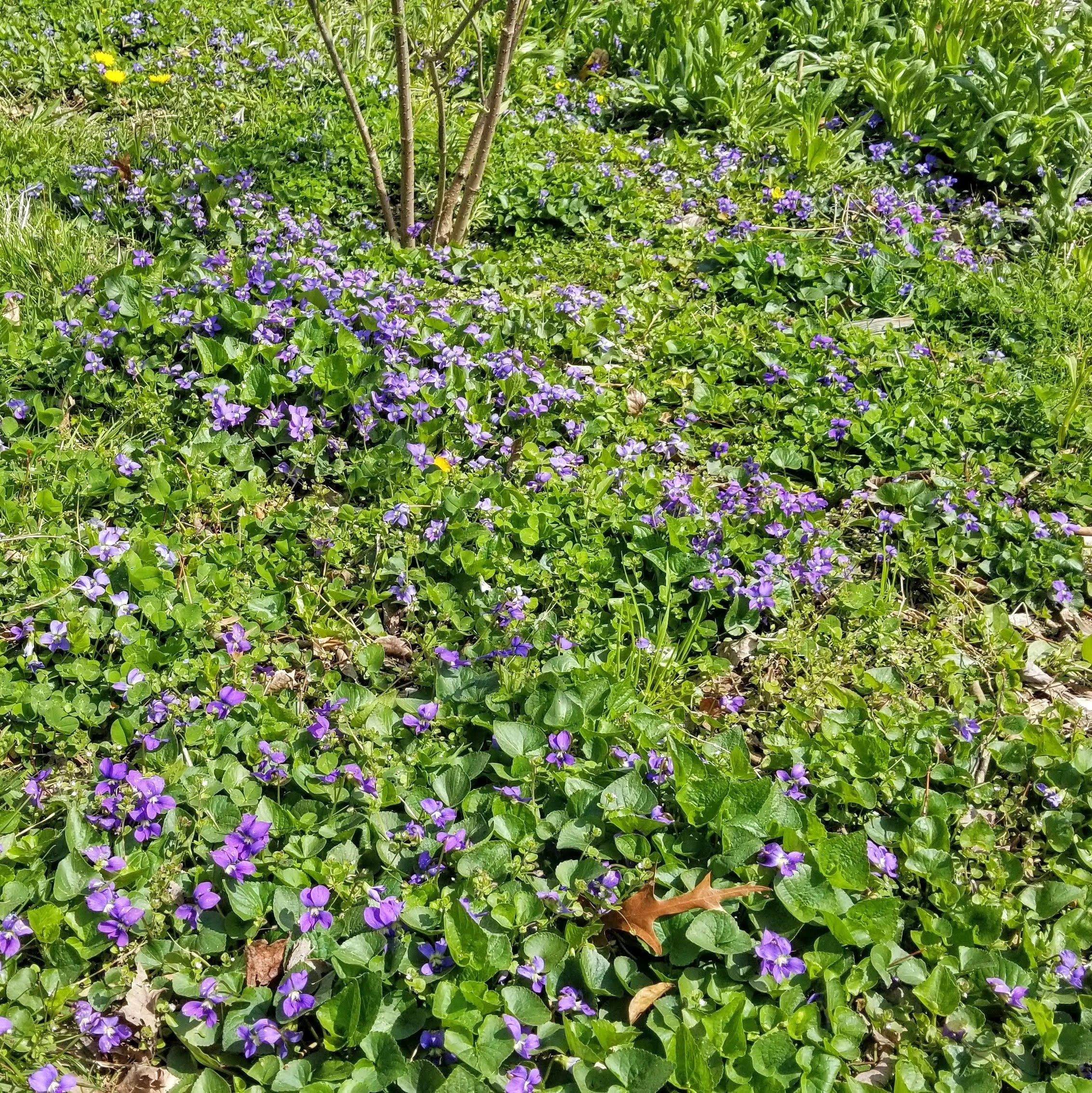I don't mind teaming up if you're still interested, it'd be nice to have some help.
Neat! No problem, thank y'all for all you do :)
Awesome! I enjoyed how Berger weaved art and politics in a way that still resonates. There's another version on the internet archive without the overlaid subtitles blocking the artwork.
Are you familiar with documentary filmmaker David Hoffman? He uploads footage from his archive on YouTube, stuff from the 1950's onward.
Do you mean the fun stuff like soy curls and doing lines of nooch? Mimicking the gluttonous delights of Thee Burger Dude?
When I was a kid, I was like the creator, what a cool sci-fi movie! As an adult, I realize Starship Troopers, along with Trading Places and Little Shop of Horrors, heavily shaped my politics 😂
I felt that too, especially the manner in which he poked fun at their contradictions. It comes off as dismissive, but I don't think this is actually the case.
Based on an interview I watched of Citarella, he seeks to understand the teens and their motivations, telling their stories with compassion. Citarella also stated that the right is taking this phenomenon seriously (and using it as a pipeline), so the left should as well.
I never took care of the lawn other than mowing it, so much of this stuff was already here in small amounts. Two years ago, I started dividing up the violets and planting them into the grass. They launch seeds up to 4 feet so they quickly spread, clump and bully the grass. Ants move the seeds around too. Last year, I started dividing and transplanting the nimblewill. Panicled aster and late boneset volunteered which pushed out some more.
There's still plenty of grass closer to my neighbor who treats their lawn. Some I buried in woodchips, the rest I'd like to shade out with edibles and dig out for another rain garden.
The staff members that are assigned incarcerated workers often appear to act as if the humanity of these workers begins and ends with their labor. Once, an educator I worked for entered a hallway full of residents and said, “My God, I just wish I could load you all up in a bus and take you to my house.” Everyone smiled, some cheered until she continued: “I need so much work done in my yard. Y’all could fix it right up.”
Having worked in social services, dehumanizing clients was not an uncommon practice. My former clients were not incarcerated but seniors in low income housing. The mentality was the same, like something had to be inherently wrong in a person to end up on the other side of the desk.
Thank you for sharing. After reading, I found a local group working on food justice and prison abolition.
I listened to the audiobook and it felt bogged down at times. But the argument for claiming and using fictional stories to promote leftist ideas is interesting, especially framed around such a large pop culture phenomenon.
The blog posts condense Harris' arguments pretty well. They joke around a lot in the TIR interview, which is how I was introduced to the book.



It is done :)